What Do You Need if a Disaster Lasts More Than 2 Weeks If you look through our previous blog posts discussing Disaster Preparedness, or review the gear that we list on our Disaster Preparedness page, you’ll notice that we advocate planning for a 3 day to 2 week period where you need to be self-sufficient. Obviously this overarching timeline drives what you need to plan for and what kind of gear you need to have stored away to support your plans. However, because of the recent COVID-19 impacts on “non-essential businesses”, we relooked our gear list to see if there were any other items that you might want to purchase ahead of time to allow for events lasting last longer than 2 weeks. If you already have all of the gear on our Disaster Preparedness list, then what you need most to be self-sufficient for more than 2 weeks is more food. However, this is a slippery slope since you then have to decide how much more food and what kinds of food to add to your 2-week supply. Short of becoming a full-blown “prepper” the best answer is to probably purchase more freeze dried meals (we like the Mountain House Classic bucket and Breakfast bucket), purchase more of the same non-perishable food items that we already recommend, and augment this supply with some canned vegetables and canned fruits. You might ask why we didn’t originally advocate storing canned vegetables or fruits for a disaster. Well, we didn’t put them on our 3 day to 2 week list because their dietary necessity is low in a short duration emergency (when compared to your body’s need or protein), because most people already have either enough fresh vegetables/fruits in their refrigerator, frozen items in their freezer, or canned items in their pantry to last for a few days, and because the stable shelf life of canned vegetables/fruits is shorter than other foods. But, if you need to plan to be self-sufficient for longer than 2 weeks you’re going to need vegetables and fruits – both for a healthy diet and for taste variety. Consequently, to prepare for a disaster that lasts more than two weeks, we would add some of the following foods – in quantities that support whatever duration we thought was prudent – to our Disaster Preparedness supplies: Canned Vegetables (generally have a shelf life of 3 to 5 years) - Artichoke Hearts - Asparagus - Carrots (dehydrated) - Corn - Diced Tomatoes (shelf life of ~2 years due to its acidic nature) - Green Beans - Green and Chili Peppers - Pumpkin - Spinach - Sweet Potatoes - Vegetable Medley - Yams Canned Fruits (generally have a shelf life of ~18 months) - Apples - Applesauce (like Go-Go Squeez) - Blueberries - Cherries - Fruit Cocktail - Fruit Slices (dehydrated) - Mandarin Oranges - Peaches - Pears - Pie Filling - Pineapple - Raspberries Here’s a good article from Happy Preppers on “37 Foods to Hoard: Survival food storage you can get from the grocery store”: - https://www.happypreppers.com/37-food-storage.html And, if you want to find out how long food will last, here’s a great website for that: Still Tasty – Your Ultimate Shelf Life Guide: - https://www.stilltasty.com/ Aside from these food additions there was only one other piece of gear that we identified which would be useful in a disaster situation that lasted longer than 2 weeks; a Dental First Aid kit. So we’ll talk about that in our next blog.
0 Comments
…….and the Wild Flowers Know It These days most of us have lots of free time on our hands – however, for many people the ability to productively use that free time has been constrained by the closure of all of their favorite places; including the outdoor ones.
Luckily for us, we are surrounded by nature and currently the State Parks, Town Parks and most of the privately owned Conservation Reservations and Nature Preserves are still open for hiking. Since the Spring flowers have started to bloom, this weekend we took a day hike to get out of the house, breath some fresh air and enjoy the beauty of Nature. Here are some of the sights that we saw during our hike. Spring is definitely on its way! (click on any photo to start the slideshow): How Beautiful Are These Night Sky Photos? Last night, 7 April 2020, was the night of the “Pink Super Moon”. What’s a Pink Super Moon you ask? Well there are two components – the “pink moon” and the “super moon”. A “pink moon” is the name given to the April full moon – even though it isn’t pink in color. This historic name comes from the fact that the April moon coincided with the Spring blooming of the ground phlox, a pink flower common in North America. When the pink moon appeared people knew that it was time to start planting their crops for the year. The second component of the phrase is “Super Moon”. This term refers to the position of the Moon with respect to the Earth – specifically perigee; when the Moon makes its closest approach to the Earth. At perigee, because of its proximity to the Earth, the moon appears bigger and brighter in the night sky. In terms of astronomical measurement the diameter of a Super Moon can appear 7% larger than an average-size full moon and 14% larger than the diameter of a mini-moon - the year’s most distant and smallest full moon. With respect to their brightness, Super Moons can be up to 15% brighter than an average-size full moon and 30% brighter than a mini-moon. To have a Super Moon the moon's perigee must coincide with the phase of the moon being “Full”. On average, a Super Moon only occurs 3 or 4 times each year.
Last night’s Pink Super Moon is the closest that the Moon will get to the Earth all year - 221,851 miles (357,035 km). In an interesting calendar event, the three Super Moons of 2020 all fall in consecutive months: on 9 March, 8 April and 7 May. Here are a few of the photos that we took last night of the beautiful sights that we saw as the moon transited through the sky and local clouds rolled by. Note that the photos were taken using a variety of camera settings, and in a variety of light conditions throughout the night, so there’s some intentional color variation across the photos. (click on any photo to start the slideshow): |
What's On This Page?Here's where we post reviews, questions, answers, thoughts and other information that's of general interest to our followers in a blog format. Categories
All
Archives
August 2023
|
|
|
Copyright 2016-2024 Hiking, Camping and Shooting |
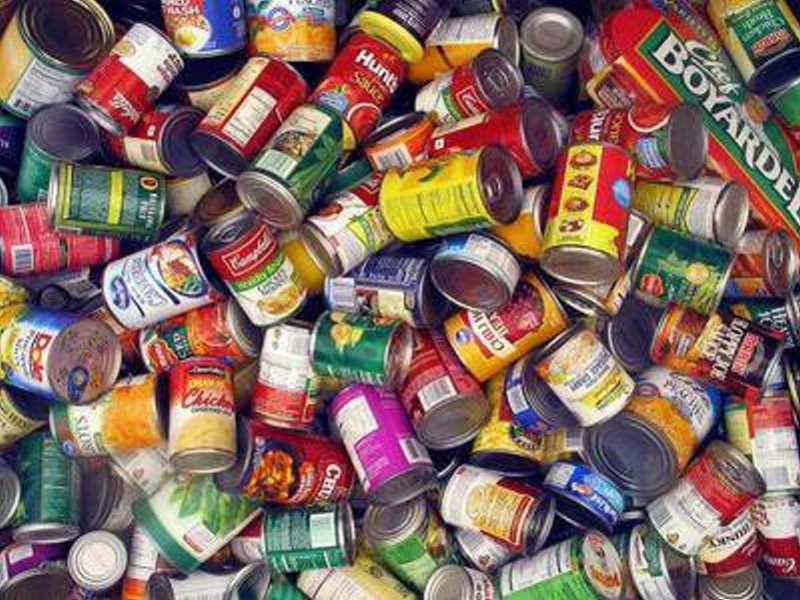


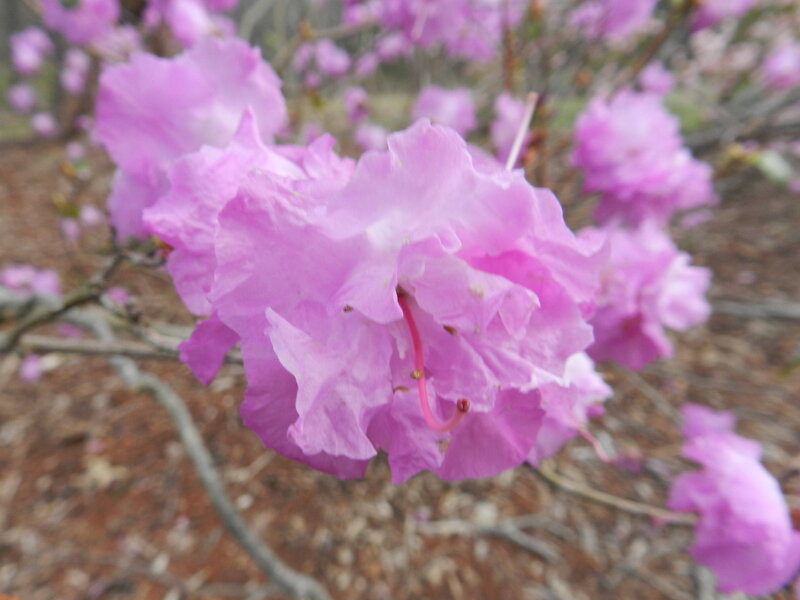

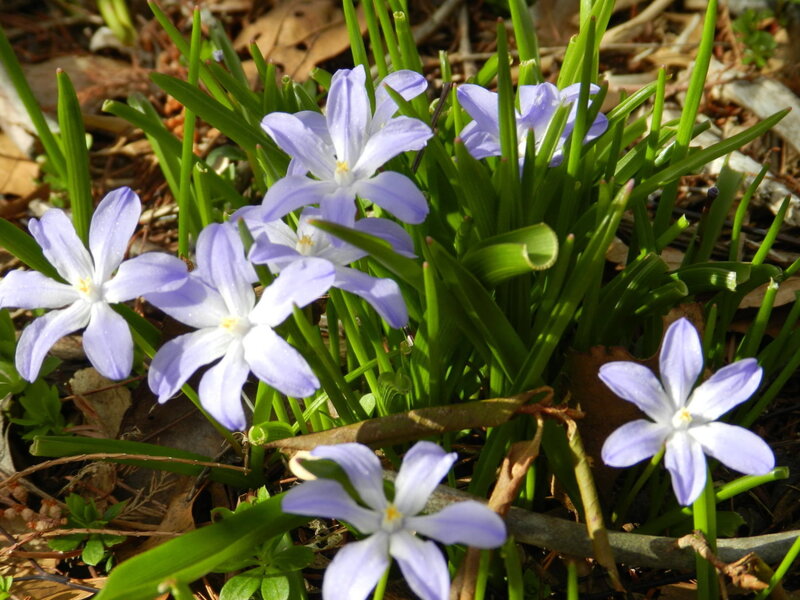

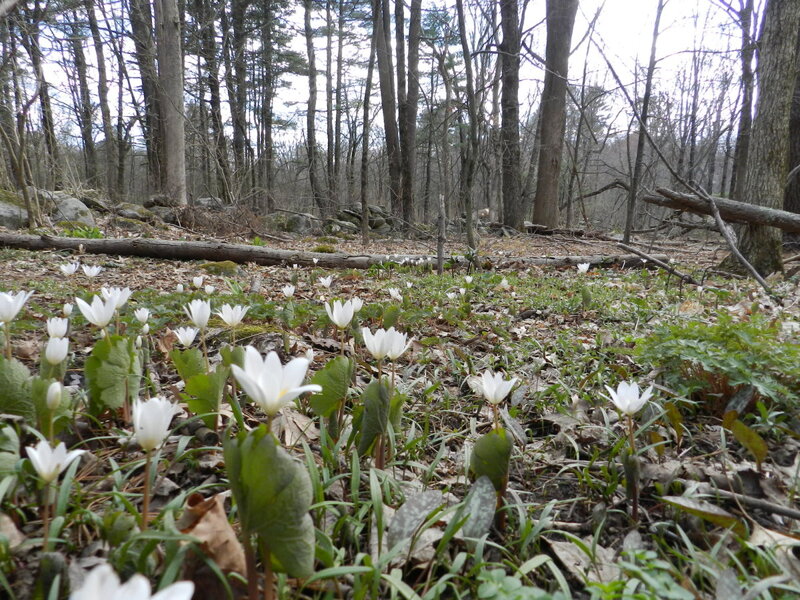
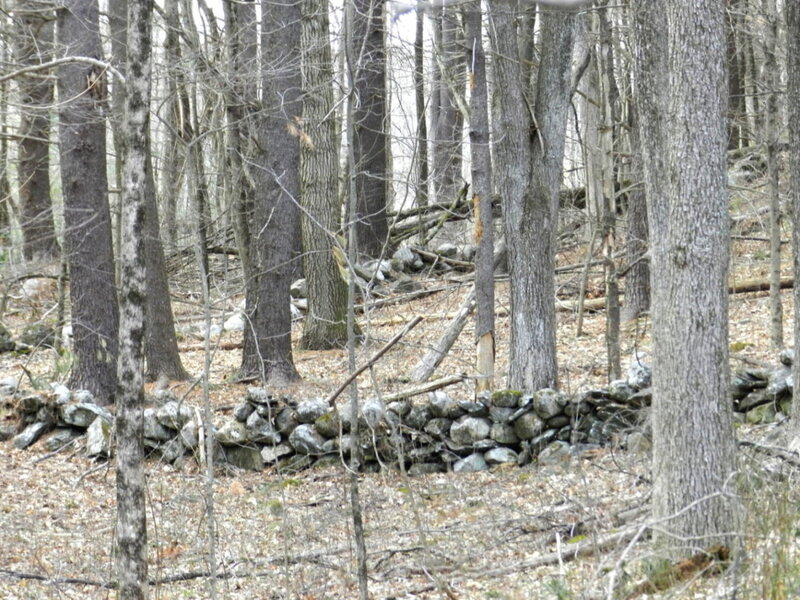
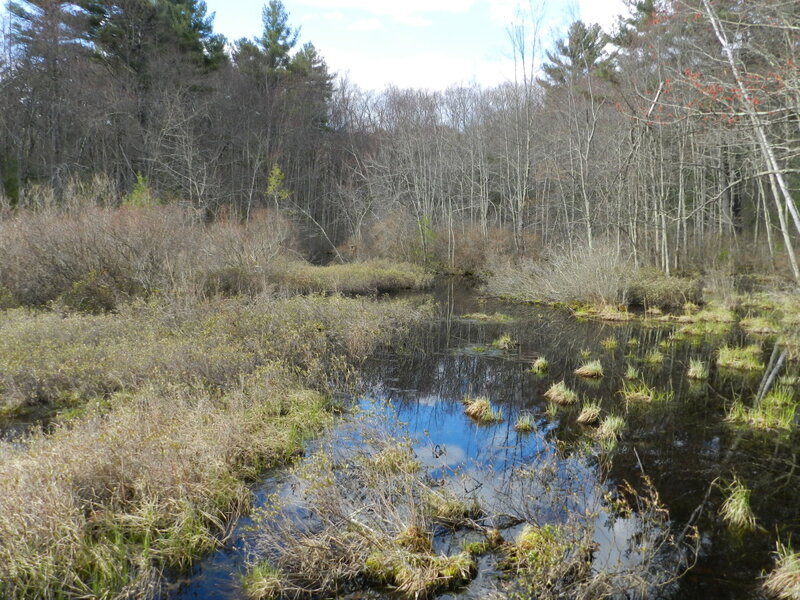

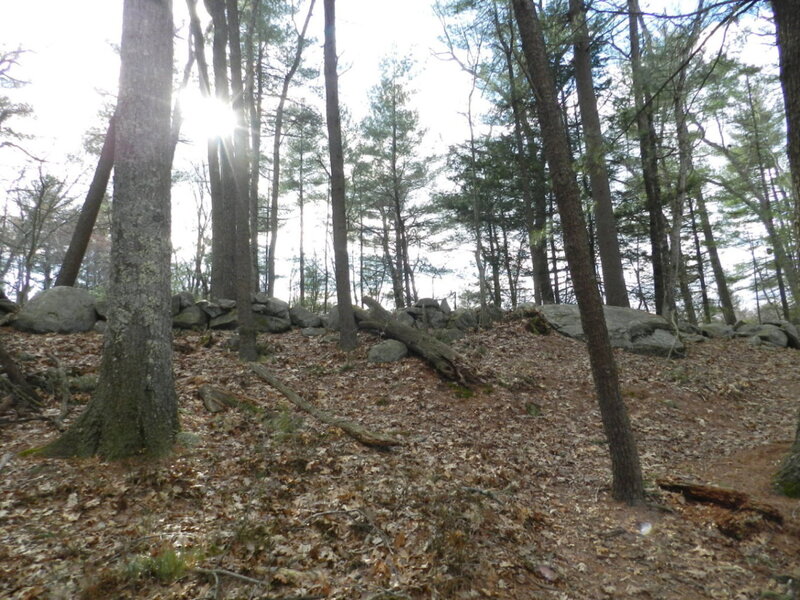
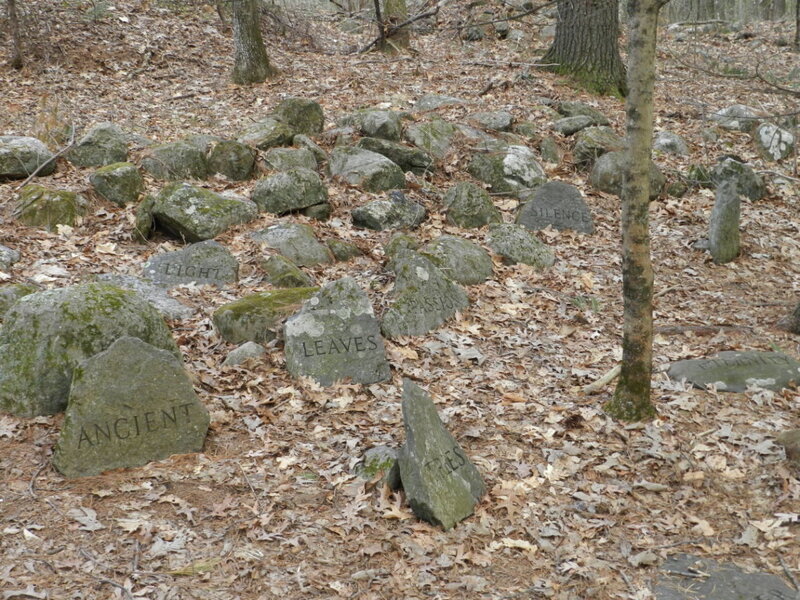
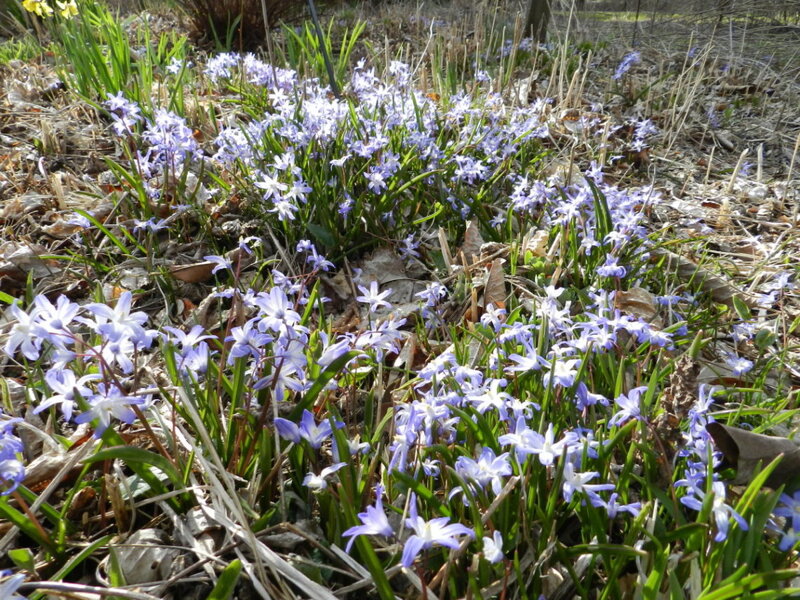
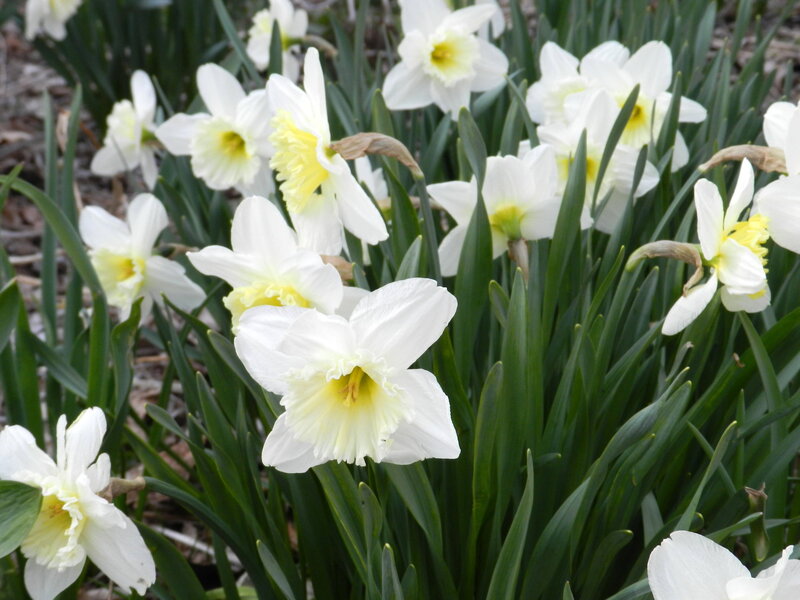
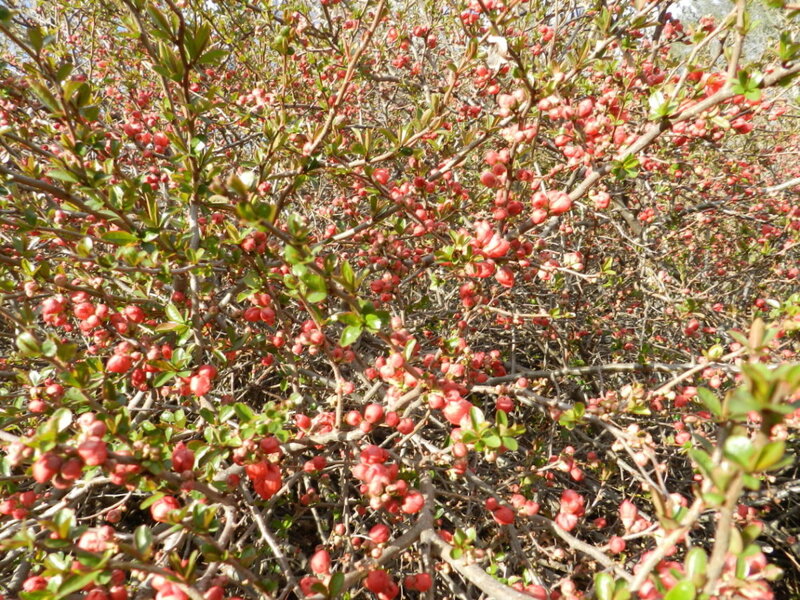
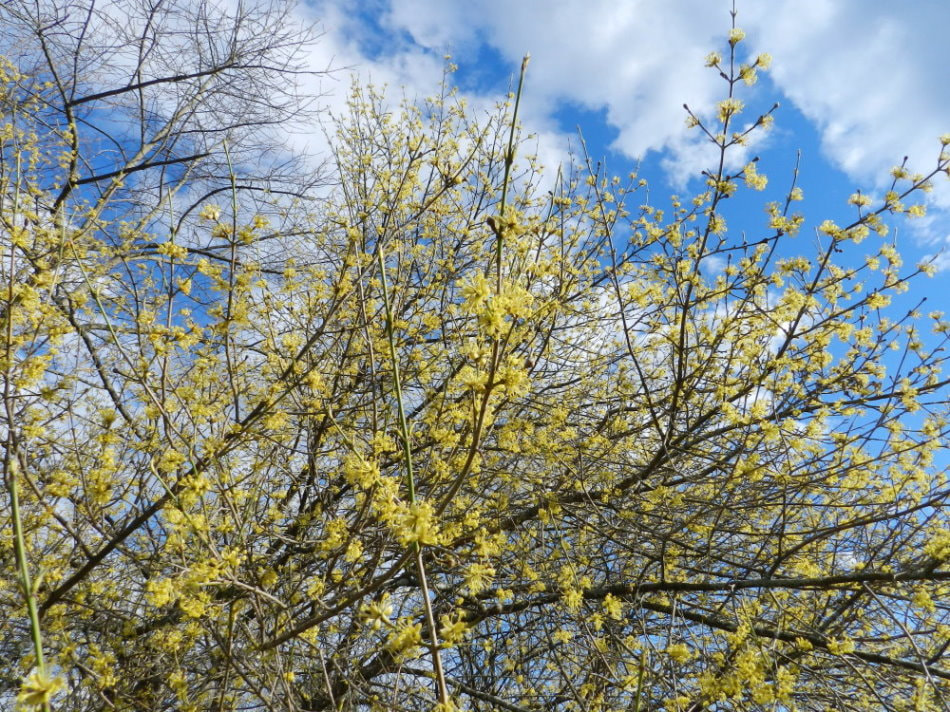





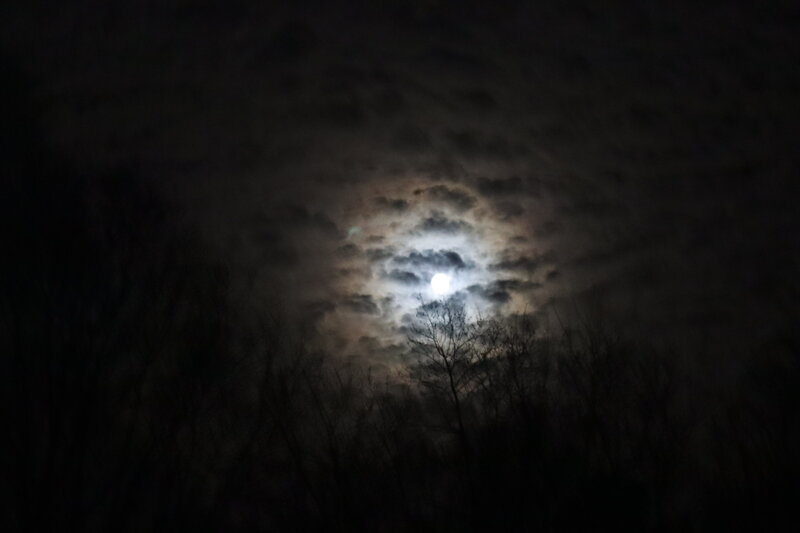

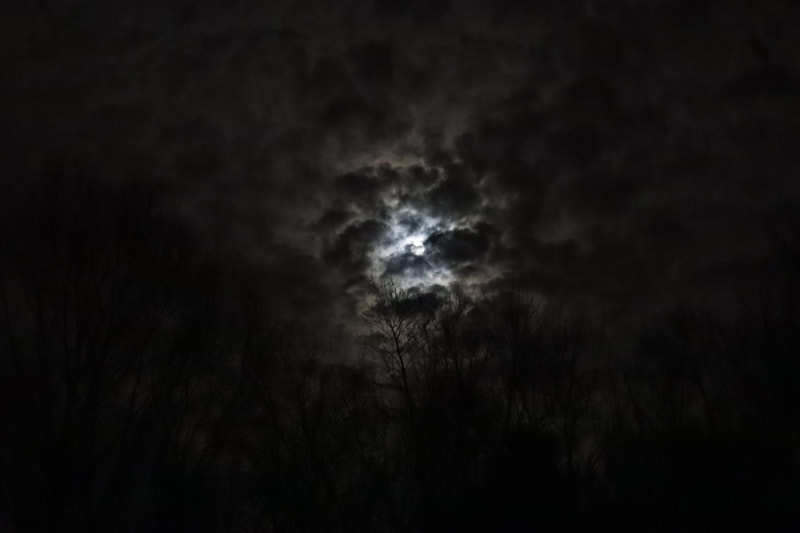

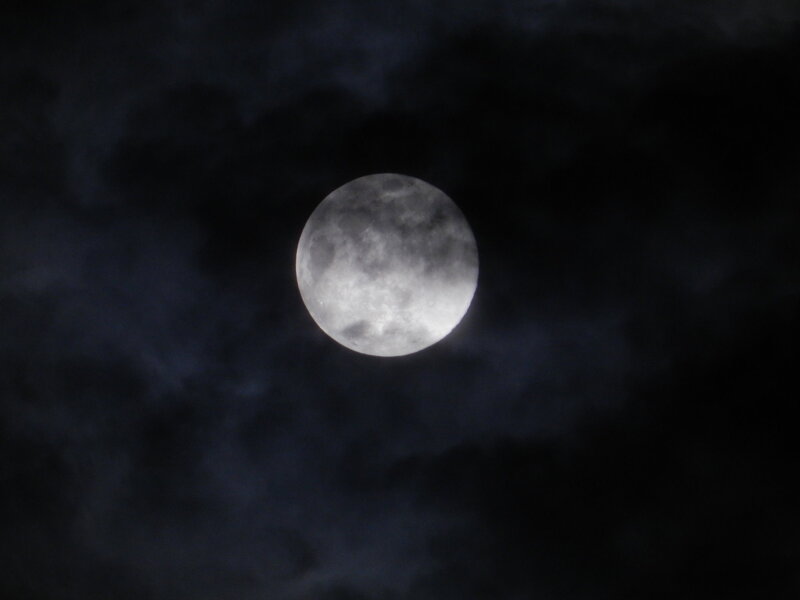
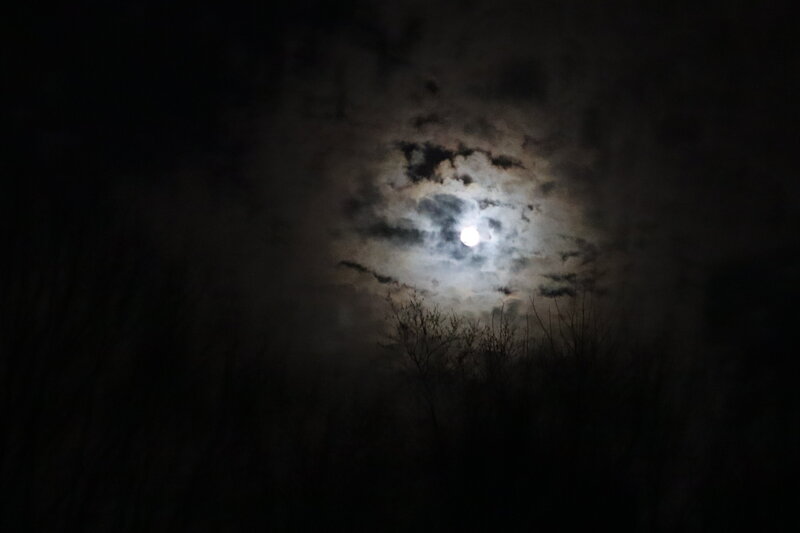

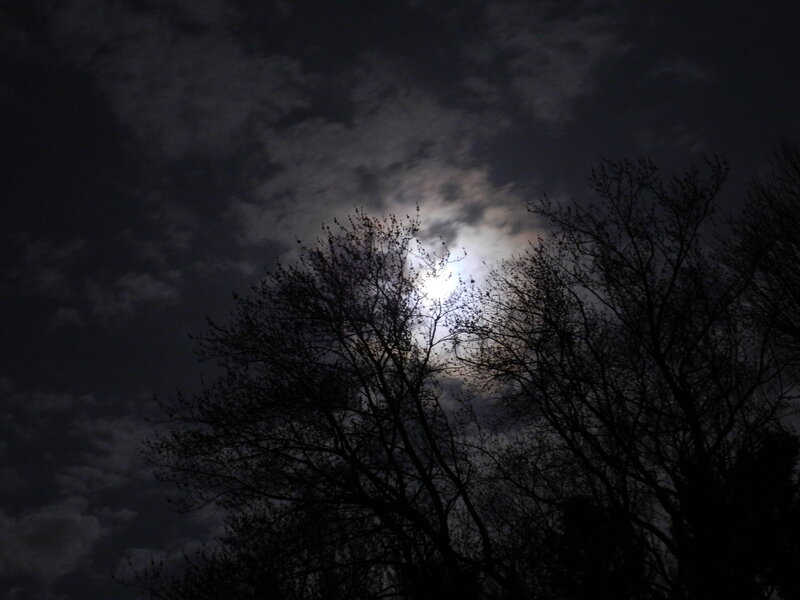


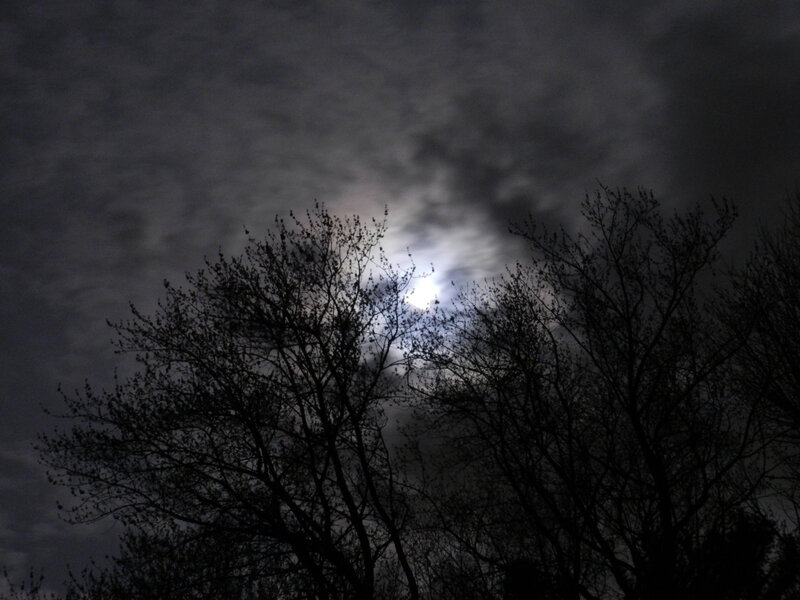
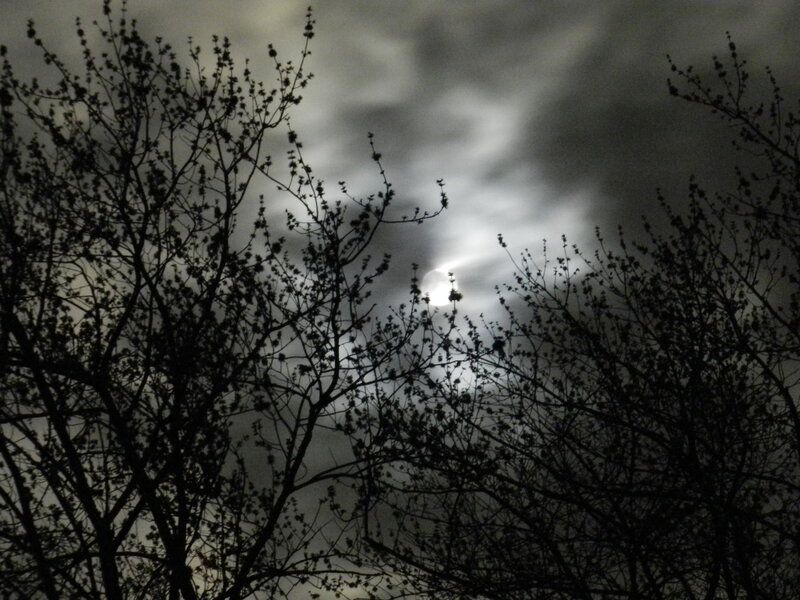
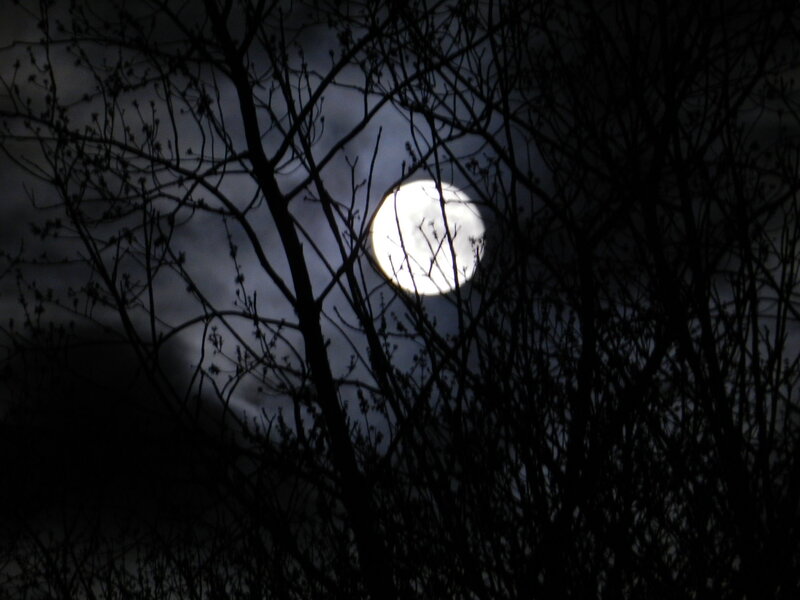


 RSS Feed
RSS Feed